Knot tying is an ancient thing. The earliest knowledge of knots (that I have ever found) dates to 300,000 years ago. Perforated stones, beads and pendants from that era have been found – suggesting the use of knots.
Archaeology has suggested that knot work is important to human development. Without knots and rope work we wouldn’t have woven cloth, nets, nor is it likely that humans would have sailed. Knots predate fire and the wheel. We’ve used them in construction, telling time, tracking score, agriculture, weapons, tracking money and secured jewelry.
Interesting? Yeah. But even more interesting is that some animals tie knots. Gorillas tie granny knots (and much to my satisfaction, occasionally manage a square knot). They do this to secure vines and small trees in their nest. But, the artisans of the animal knot tying world are weaverbirds. Weaverbirds tie intricate nests by using a variety of hitches, bends, bights and more.

At any rate, we are here to talk about a “slip and grip” knot. Like the prusik or Klemheist knot, we’re going to look at a knot called the “Icicle Knot”. Both the prusik or Klemheist knots grip and slip well and can easily handle the weight of a human. Also, the taut line hitch and pathfinder’s hitch work well for guy lines on tents and clothes lines. But, have you tried the Klemheist on an “icicle” – which is extremely smooth, slippery, and tapered? It works. . . kind of. But the Icicle Knot gets its name from its ability to hold to a tapered, smooth, slippery pole – like an icicle. Will you ever need to use it? I doubt it, but maybe.
Recently, on a cold (19F) Thanksgiving Morning, I had the opportunity to use the Icicle Hitch on a metal, tapered, icy spike. I had to remove a pointed rod from the hardened ground using my vehicle winch. I first tried the Klemheist and it slipped off. So, after consulting my knot references, I found the Icicle Hitch. I studied it in print, practiced it on an overturned kitchen chair, then gave it a try.
The Icicle Hitch is almost identical to the Klemheist except it doesn’t use a loop, it is on a bight. Which made tying the 50 feet of rope into a “slip and grip” knot easier. With the Klemheist, you would have to pull all 50 feet of the rope through the loop (or attach the rope to a small loop used just to tie the knot). The Icicle Hitch doesn’t get pulled through a bight – it makes the bight.
In knot history, this is a relatively new knot. Invented and first demonstrated in 1990, by the venerable John Smith at the International Guild of Knot Tyer’s eighth annual meeting (yes, this stuff is happening while most people are looking for a Netflix series to indulge). By the way, I tried to find out who this “John Smith” was after seeing him referenced in all of the Icicle Knot tutorials. All I found is – he was from Surrey, England and he demonstrated tying and the strength of the knot during the meeting. The mystery of this guy has made my life a little more interesting.
Anyway, here is how you tie it.
STEP 1
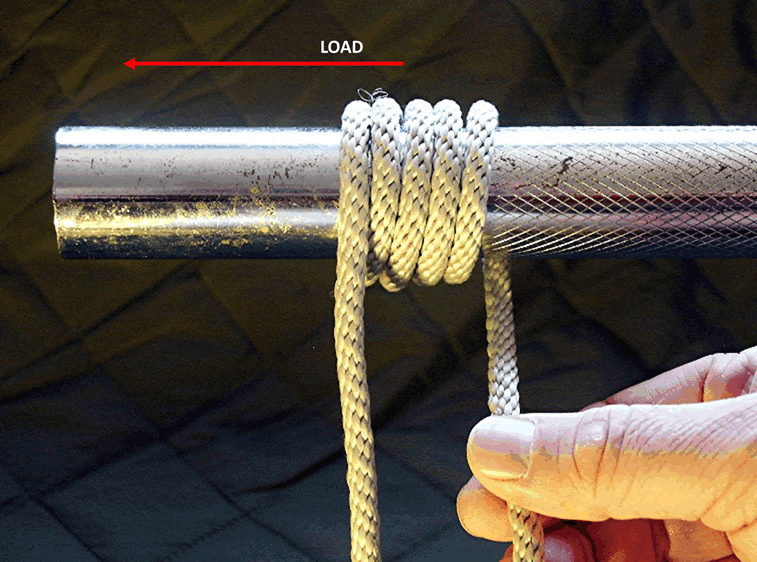
STEP 2
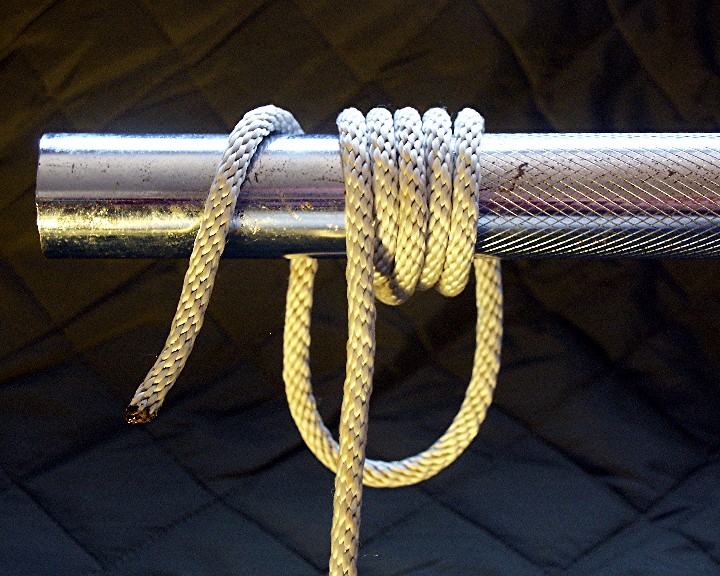
STEP 3
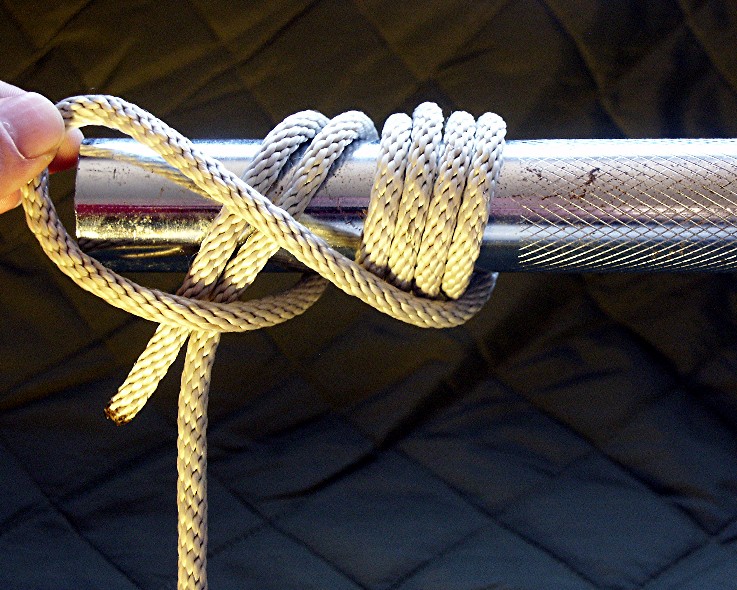
STEP 4
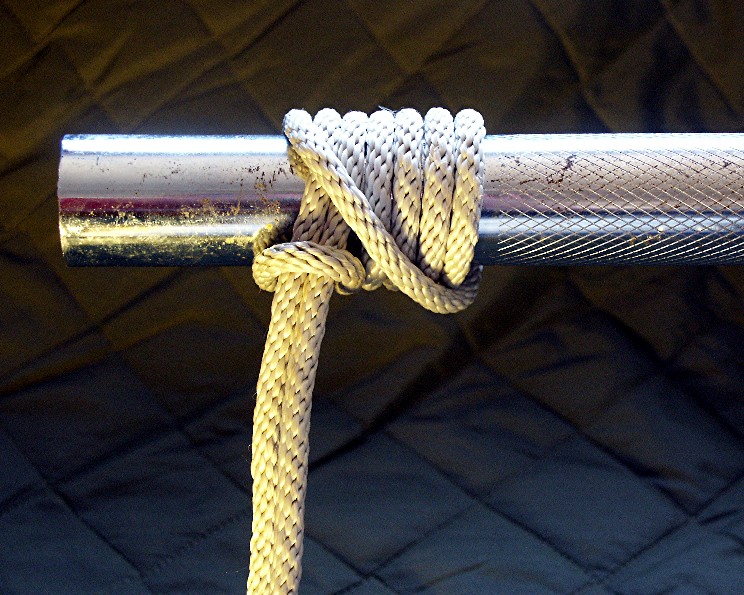
STEP 5
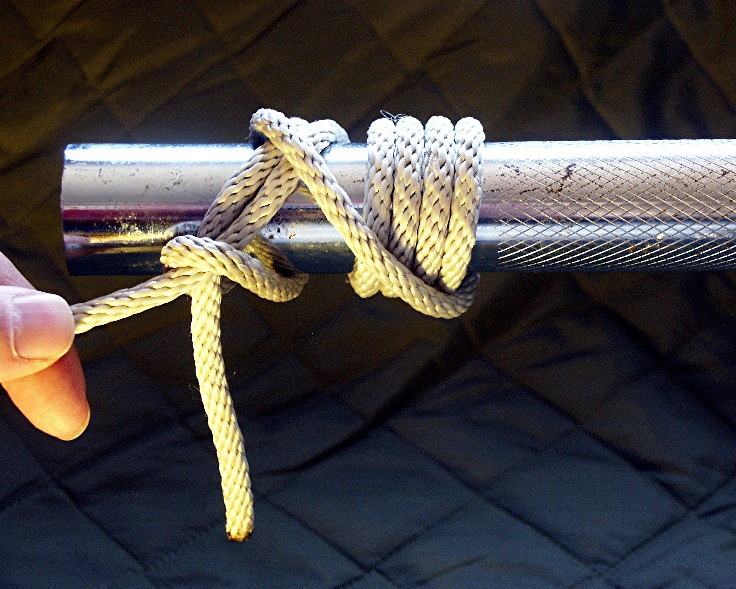
When the finished knot is loaded with a heavy load, it will pull and look a little unstable, but it will hold on.
One advantage over other knots (like the Gripping Sailor’s Hitch) is that it unties very quickly. Although, it does take a little more time to tie than others.
As with any knot, the Icicle Hitch takes time to master. The situations where this knot would be necessary are few. That is a disadvantage. While it holds very heavy loads on a precarious anchor much better than other knots like the “Gripping Sailor’s Hitch” or the Klemheist, it does take some time to learn. The knot also offers the disadvantage of possible untying due to shifting loads. However, that can be remedied with a backup safety on the working end.
Of course, the best knot for the job is the one you know well when you need it. That said, it is relatively simple and shouldn’t be too difficult to add to a knot tying skill set.
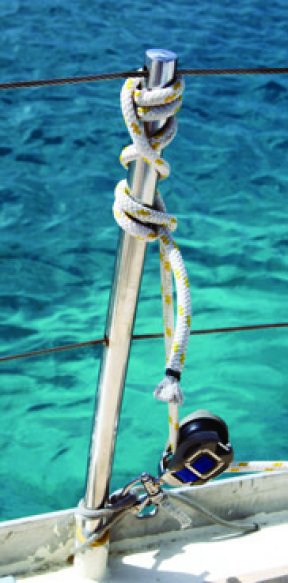


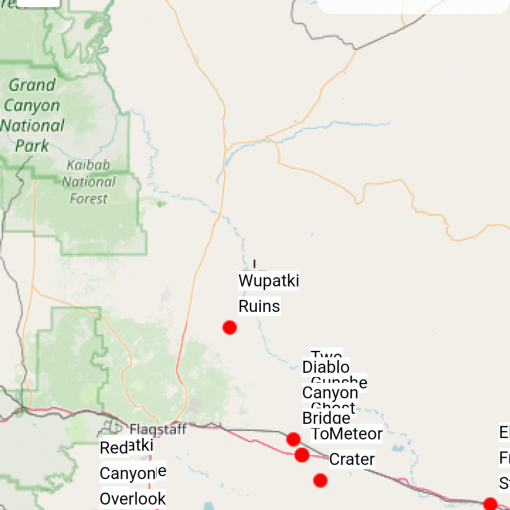



3 thoughts on “Icicle Knot – The Ultimate Gripper Hitch”
Thank You Pathfinder !!! This is one more tool to add to my SAR Pack !!!
Awesome! I love it when I can do something useful!
Good stuff Pathfinder. It’s great that we get to share the fruit of your continuing adventures. Never stop exploring and learning!